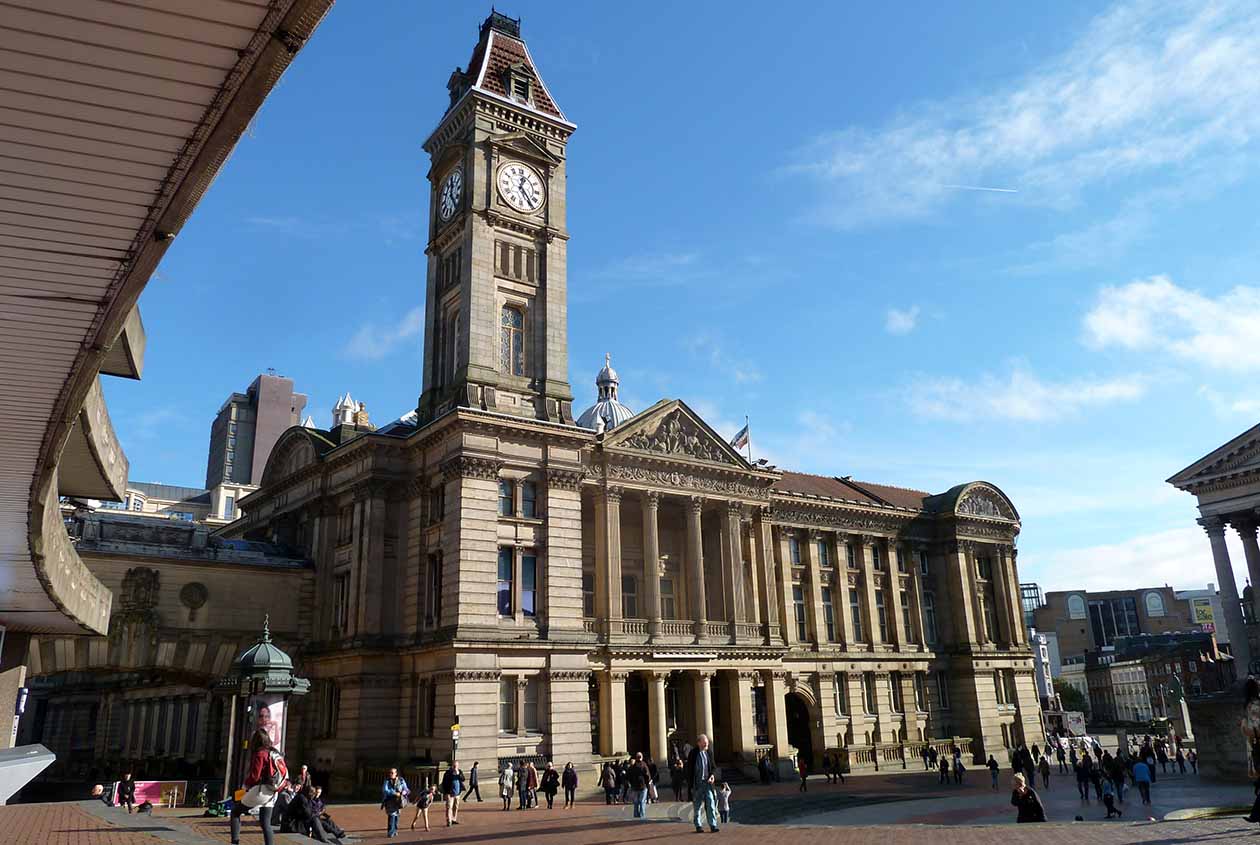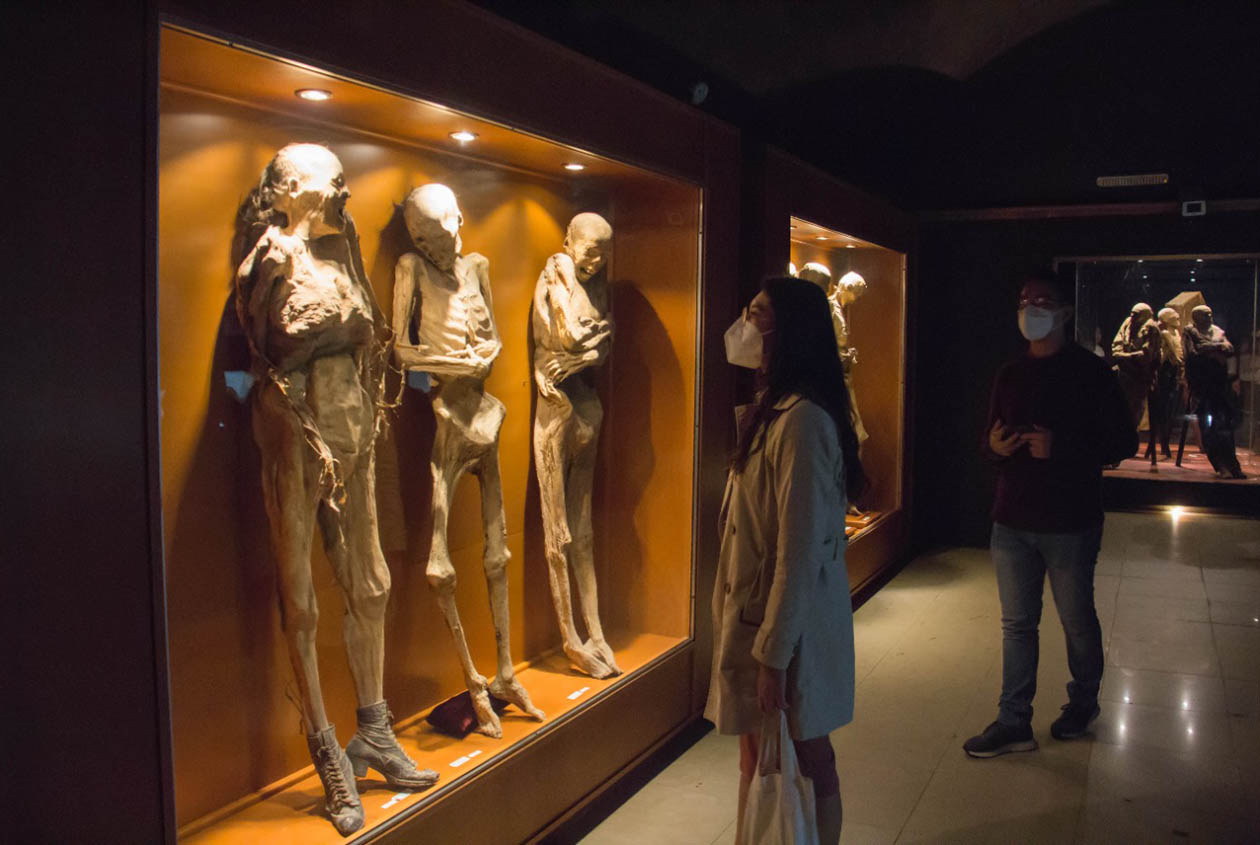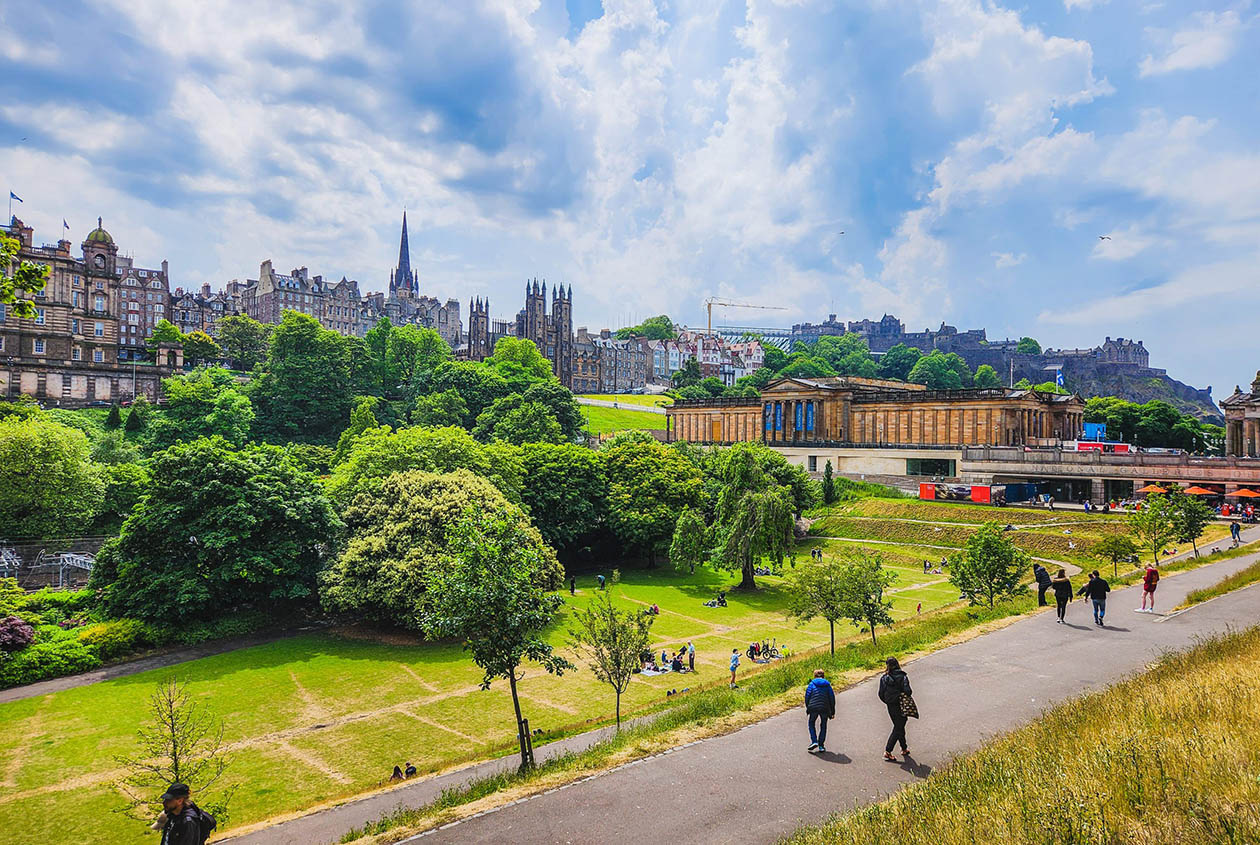Birmingham, the second largest city in the UK, is often overlooked, yet it is brimming with stunning cultural sites, unique history, and a vibrant modern atmosphere. If you’re planning to visit this city on a self-guided tour, you definitely can’t miss its museums and canal system. Today, I’ll recommend a city stroll route that takes you from the museums to the canals. This route not only lets you explore Birmingham’s rich history and culture but also lets you experience its captivating modern flair.
1. Overview of the Itinerary: A Perfect Blend of Museums and Canals
This self-guided stroll will guide you through several of Birmingham’s major highlights, including museums in the city center, historic factory sites, modern shopping areas, and the distinctive canal district. The entire journey can be adjusted based on your time, but I recommend setting aside about half a day to fully enjoy this culturally rich and historical tour.
2. First Stop: Birmingham Museum and Art Gallery
If you’re into history and art, Birmingham Museum and Art Gallery should be your first stop on this city walking tour. Located in the heart of the city center near Victoria Square, this iconic institution is one of Birmingham’s most significant cultural landmarks. With its elegant Victorian architecture and richly curated exhibits, the museum offers visitors an immersive journey through time. The gallery houses an extensive and diverse collection that spans ancient civilizations, British history, and modern artistic expressions. Whether you’re a history buff or an art lover, this museum promises a rewarding start to your exploration of the city.
1. History and Culture of the Museum
Founded in 1885, the Birmingham Museum and Art Gallery (BMAG) has long stood as a pillar of cultural education and heritage in the West Midlands. It was originally established during a period of civic pride when Birmingham was emerging as a hub of industrial and intellectual innovation. The museum is primarily dedicated to displaying a wide variety of art, archaeology, and historical artifacts from both the UK and around the world. Among its standout pieces are works from renowned British artists such as Joseph Mallord William Turner, known for his expressive landscapes, and Edward Burne-Jones, a Birmingham native and key figure in the Pre-Raphaelite Brotherhood. These masterpieces provide a window into Britain’s artistic evolution..
2. Highlights of the Museum
- Egyptian Section: This is undoubtedly one of the museum’s most visited and beloved areas. Here, visitors can marvel at an extraordinary array of ancient Egyptian artifacts, including well-preserved mummies, ornately carved stone sculptures, amulets, sarcophagi, and gold jewelry. These items offer a fascinating look into the funerary practices, religious beliefs, and daily life of one of the world’s oldest civilizations.
- British Art: The museum holds an exceptional collection of British paintings, with a special emphasis on the 19th and 20th centuries. Visitors can admire works from major artistic movements including Romanticism and the Pre-Raphaelite Brotherhood, many of whom have strong local ties.
- Modern Art: Not limited to historical works, the museum also has a strong focus on contemporary and modern art. It showcases dynamic and thought-provoking pieces by both emerging and established artists, often with a local or socially relevant theme.
It’s worth spending 1 to 2 hours here to deeply explore Birmingham’s history and broader British culture.
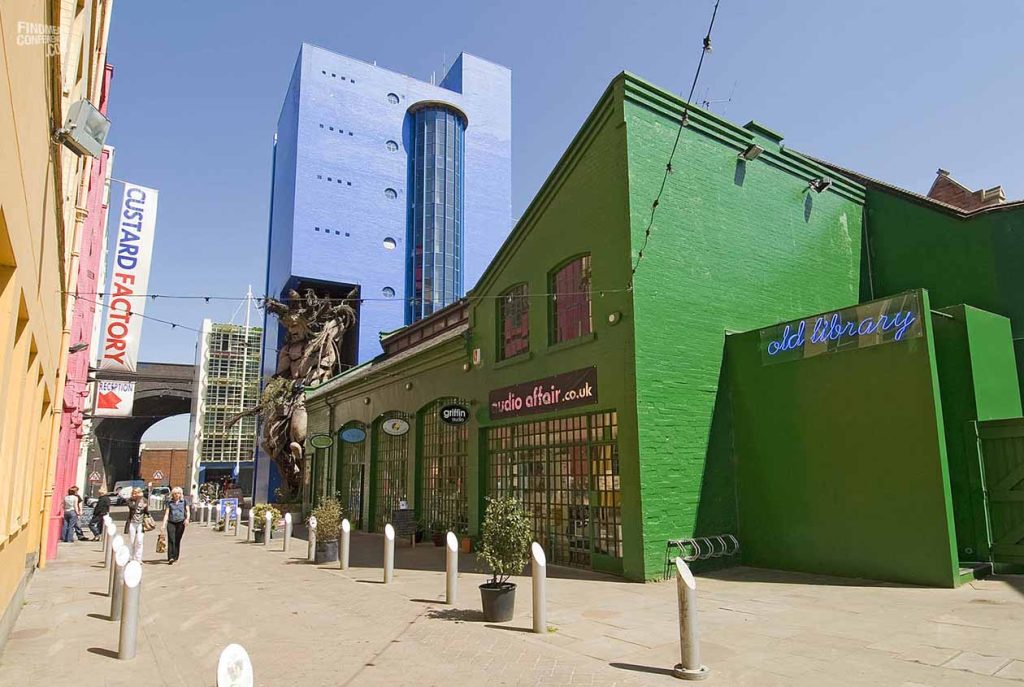
3. Second Stop: Birmingham Library
After leaving the museum, it’s just a short walk to the Birmingham Library, a modern architectural marvel nestled in the heart of the city. This striking building was designed under the leadership of architect Meccano and is widely regarded as one of the most creative and forward-thinking libraries in the world. Its layered, circular structure is not only visually impressive but also reflects the city’s spirit of innovation and cultural ambition.
1. Architecture and Design
The exterior of the library is striking and futuristic, featuring a unique combination of stacked geometric layers wrapped in a web of interlaced silver metal mesh. These ornate patterns symbolize the industrial links and artistic roots of Birmingham. The building incorporates sustainable design elements, including natural light optimization and green spaces. Inside, the spacious atriums, sweeping staircases, and panoramic glass walls create a sense of openness and light.
2. The Library’s Function
Beyond its role as a public library housing over a million books, the Birmingham Library serves as a hub for education, community engagement, and the arts. It features dedicated areas for children, young adults, and researchers, as well as performance spaces and multimedia studios. Throughout the year, the library hosts a dynamic array of exhibitions, literary festivals, public lectures, and local art showcases, making it a lively cultural hotspot.
4. Third Stop: Birmingham Canal District
Birmingham’s canal history is rich and long-standing, stretching back to the early days of the Industrial Revolution. In the 18th and 19th centuries, Birmingham’s rapidly expanding manufacturing base depended heavily on the canals to transport raw materials and finished goods. The network became known as the “city of a thousand trades,” with the canals acting as vital arteries of commerce.
1. History of Birmingham Canals
The Birmingham canal system is not only one of the most complex in the UK but also one of the most historically significant. Developed primarily between 1768 and 1830, these waterways supported the coal, iron, and glass industries, helping Birmingham rise to prominence as a major industrial city. Over time, many of these canals fell into disuse but were later restored through conservation efforts.
2. Canal Stroll
As you stroll along the gently winding canals, you’ll encounter a blend of old and new—centuries-old towpaths now shared by joggers, cyclists, and dog walkers. The peaceful water reflects the brick facades of Victorian warehouses, many of which have been converted into stylish apartments, art studios, or trendy bars. Colorful narrowboats still glide through the waters, adding a quaint charm to the modern setting. The path is dotted with street musicians, pop-up food stalls, and seasonal events, offering a lively yet relaxed atmosphere.
3. Notable Sights
- Mini Houseboats: These charming floating homes, often adorned with potted plants, fairy lights, and painted exteriors, lend the canal its whimsical character. Some are residential, while others operate as floating cafés or shops.
- Gas Street Basin: Once a bustling industrial hub, it’s now a lively waterfront area known for its eclectic mix of restaurants, canal tours, and moored boats. It’s a prime spot to learn about Birmingham’s trade history while enjoying the modern social scene.
- Barber’s Wharf: Here, historical red-brick buildings have been restored to host stylish eateries and pubs. Whether you’re sampling classic fish and chips or sipping a locally brewed beer, the views of the canal — especially at sunset — make this a must-visit destination.
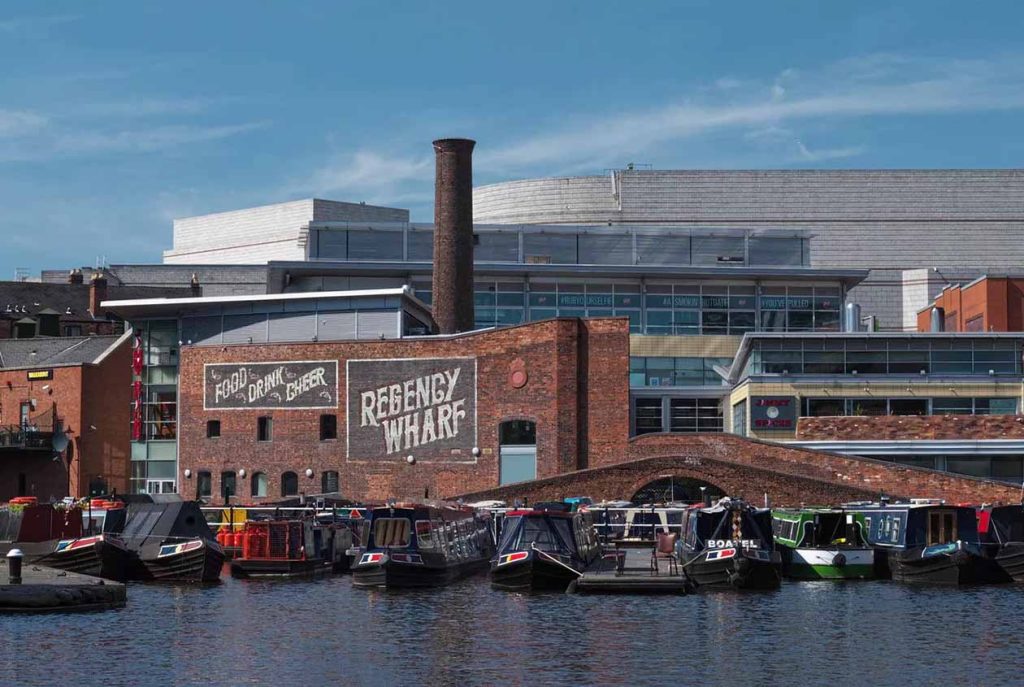
5. Fourth Stop: Self-Exploration and Relaxation Time
After exploring the museums and the charming canal district, it’s time to embrace a more leisurely pace. Head back toward the city center, where Birmingham’s bustling energy is at its peak. Here, you’ll find an eclectic mix of modern shops, historic buildings, lively street performances, and a wide range of culinary delights. Whether you prefer wandering through luxury stores or sipping coffee while watching street artists, this area offers a perfect blend of relaxation and urban exploration. It’s also a great place to observe local life and see how the past and present coexist in Birmingham’s vibrant streets.
1. Bullring Shopping Center
Birmingham’s Bullring Shopping Center is not just a shopping destination—it’s an architectural landmark and a central part of the city’s modern identity. Spanning several floors, the complex features an impressive range of international fashion retailers such as Selfridges, Zara, and H&M, alongside boutique stores offering unique local designs. Numerous cafés and restaurants offer a place to recharge, from quick bites to gourmet meals. The building itself, with its futuristic Selfridges façade, is a favorite among architecture lovers and Instagram enthusiasts alike. Whether you’re shopping, dining, or simply exploring, Bullring offers a dynamic experience for every kind of traveler.
2. The Custard Factory
Located in the heart of the creative Digbeth district, The Custard Factory is one of Birmingham’s most vibrant and artistic spaces. Once home to the Bird’s Custard factory, this historic complex has been reimagined into a thriving cultural and entrepreneurial hub. Today, it hosts independent shops, quirky cafés, vintage stores, and colorful murals that attract artists, creators, and curious visitors from all over. You can stroll through its open courtyards, browse local art exhibitions, or join a creative workshop. On weekends, the area often comes alive with artisan markets, live music, and pop-up food stalls—making it the perfect place to end your day with a dose of inspiration.
6. Travel Tips
This self-guided city stroll, from museums to canals, offers an excellent overview of Birmingham’s blend of history, culture, and modernity. From the art treasures in the museum to the historic canal remnants and the creative shopping districts, Birmingham showcases its perfect fusion of the old and the new in a distinctive way. If you only have a day to explore the city, this route will undoubtedly give you a deep dive into Birmingham’s essence.
